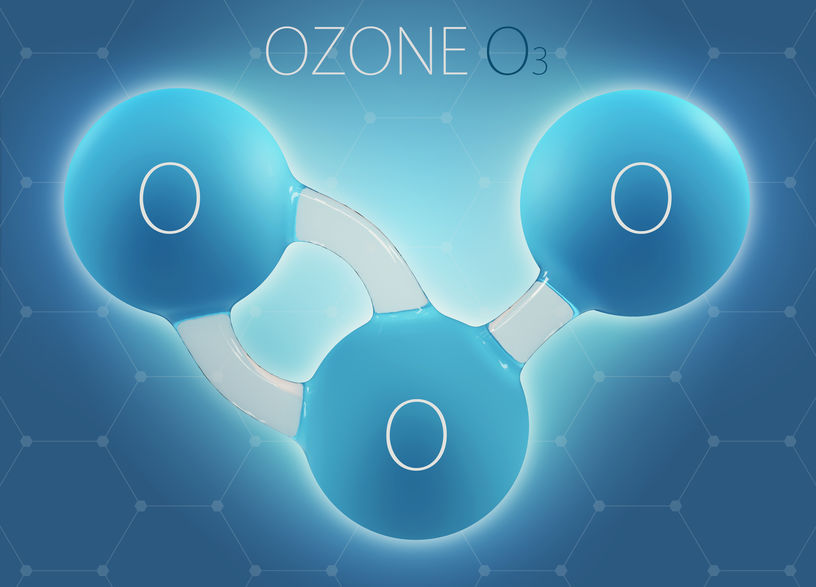U.S. Environmental Protection Agency
October 1,2020
I am pleased to comment on EPA’s proposal to retain, without revision, the current national ambient air quality (NAAQS) standards for photochemical oxidants, including ozone.
EPA’s proposal concerns the primary (health-based) and secondary (welfare-based) ozone NAQQS pursuant to the periodic review required by the Clean Air Act (CAA). In light of the U.S. District Court of Appeals for the District of Columbia’s 2015 decision remanding the Obama administration’s proposed tightening of the secondary ozone NAQQS to EPA for justification or reconsideration, and considering the current COVID-19-related slowdown in U.S. economic activity, I will limit my remarks to the welfare-based aspects of retaining the current standards for ozone.
Citing the abundant scientific literature on the formation of ozone, EPA identifies precursor emissions such as nitrogen oxides and volatile organic compounds (VOCs) from man-made sources (e.g., motor vehicles and power plants) and natural sources (e.g., vegetation and wildfires) and the interaction of both sources with solar radiation. Under a more stringent ozone NAQQS standard, motor-vehicle use, generation of electricity at certain types of power plants, and related commercial activity would be more tightly regulated, directly affecting the welfare of communities suddenly thrust into NAQQS non-attainment under the CAA.
A predictable, and desirable, consequence of EPA’s proposal not to tighten the ozone NAQQS is that those metropolitan areas that have only recently emerged from non-attainment status under the CAA will now not be facing the imminent threat of non-attainment status under the CAA because of a movement of the regulatory goal posts. Consider the alternative. Communities that are stigmatized because of their non-attainment status under the CAA would find it difficult to impossible to attract businesses and other forms of economic development.
This burden would weigh disproportionately on those least able to cope in a hostile economic environment. The ability of people to earn a living and provide for their families goes to the very heart of what EPA should consider when assessing the welfare effects of its proposal.
EPA’s review of the ozone NAQQS dates to 2018 and thus predates the outbreak of COVID-19. The economic disruptions brought on by the pandemic are severe, and many of them will be long lasting. Although EPA’s proposal was made independently of the coronavirus, the agency’s action will be beneficial, because EPA has chosen not to impose further burdens at a time when the country can least afford them.
Finally, EPA cites wildfires as a source of ozone formation. As these comments are being submitted, firefighters are battling more than 100 wildfires across the West that have killed dozens of people, burned millions of acres, and forced more than 300,000 people to abandon their homes in Oregon. The conflagrations’ effect on people’s lives and air quality will certainly linger for an extended period of time. Given the buildup of fuel in many of the region’s overgrown forests, this year’s disastrous fire season will certainly be followed by many more. The wildfires’ effect on air quality as it relates to ozone formation will be enough to push many metropolitan areas in the West out of compliance with the NAQQS. In light of the devastation many of the region’s residents are facing, EPA’s decision to retain the current standards turns out to be a wise and humane one.
Thank you very much.
Bonner R. Cohen, Ph. D.
Senior Policy Analyst
Committee for a Constructive Tomorrow
Washington, D.C.

